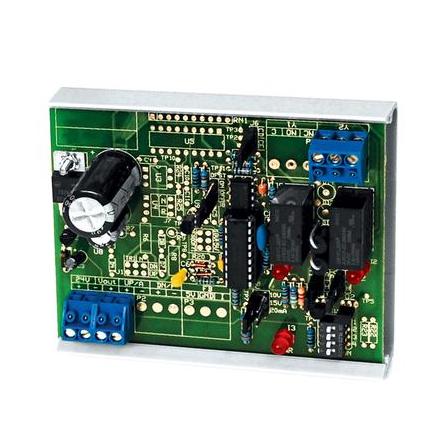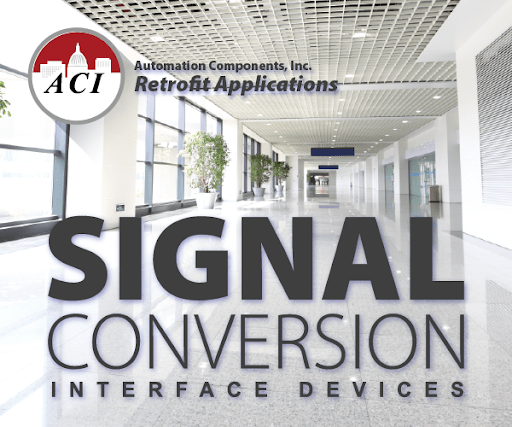Analog to pneumatic interfaces can be ordered in single valve or dual valve versions.
Single valve
A single valve interface is used when the requirement calls for zero branch line pressure on a loss in power. The branch circuit of this interface utilizes a bleed orifice. This provides a “fail safe” condition for a heating or cooling application (depending on the action of the actuator).
| Orifice Color | Device | Orifice Size | Air Consumption |
| Chrome | PXP1.3 | .010" | 73 scim |
| Copper | PXP5.3 | .005" | 14 scim |
| Brass | PXP7.3 | .007" | 41 scim |
The exception is the single valve PXP0.3. It consumes no air (has no bleed orifice) but depends on a downstream control device or actuator to bleed the branch line. An application for the PXP0.3 would be in a system with pilot positioners on actuators, or receiver controllers.
Dual valve
The dual valvePXP2.3 interface does not consume air at set point. One valve is the supply to the branch line, and the other valve is for exhausting air on the branch line. An exhaust valve, rather than an orifice, provides a quicker response time in reducing branch line air pressure. The PXP2.3 is used in applications controlling large pneumatic actuators, systems with large branch line air volumes, as for prompt control of outside air damper actuators. When power is lost to the PXP2.3, the branch line is maintained at the last commanded pressure. If you prefer the quick response of the valved branch line, but require fail-safe operation, the PXP2.3FS (FAIL-SAFE) has a normally open (N.O.) exhaust valve and will fail to zero branch line pressure on a power loss.
Volume capacity
ACI’s line of pneumatic interfaces depend on a branch line volume of two inches to operate properly and without oscillation. Use the following formula to calculate line volume for 1/4" O.D. poly tubing:
(tubing length in feet) x .147” = Tubing volume
Total volume can be found by adding the tubing volume to the actuator volume. A common actuator has a volume of approximately three inches, which changes with the amount of pressure applied to the actuator.
Note
The PXP family of pneumatic interfaces have a selectable MANUAL OVERRIDE adjustment and can be factory ordered with a 0-30 psi back-ported gauge (i.e. order PXP2.3G, etc.) mounted on an aluminum manifold. Filtering is integral in the main air brass barb fitting.


